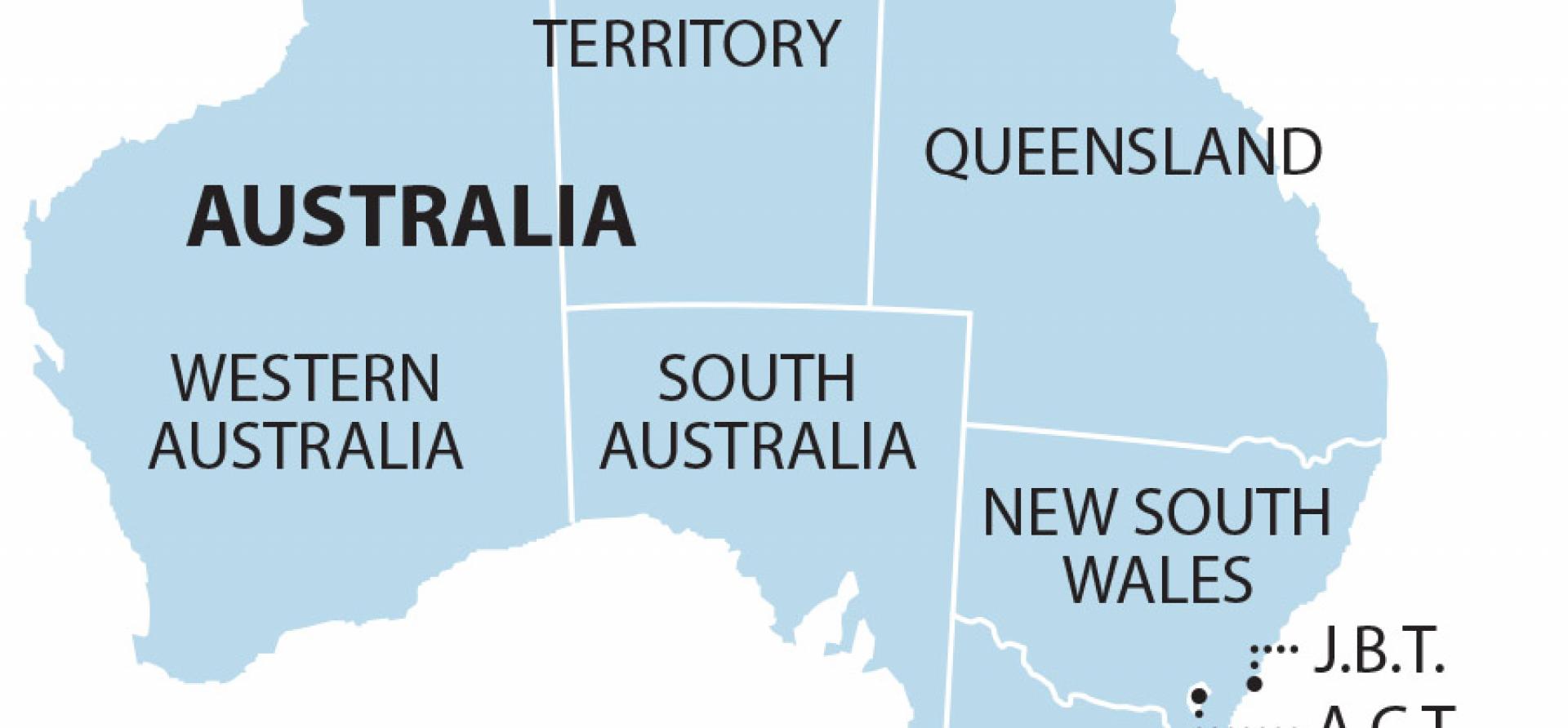IEEFA Australia: From coal to inverters, AEMO’s engineering vision is ambitious and necessary

George Orwell wrote: “Our civilisation is founded on coal … The machines keep us alive and the machines that make machines, are all directly or indirectly dependent upon coal.”
Today, Australia is powered more and more by sunshine and wind
From colonisation until recently, Australia too has been dependent on coal and gas and the large spinning turbines that turn these ancient, buried resources into electrons.
Managing an electricity system based on fossil fuel power stations is like trying to drive a lumbering diesel semi-trailer up and down steep winding mountain roads. It’s complex, difficult to balance and sometimes the wheels come loose.
Now Australia is powered more and more by sunshine and wind. Solar PV systems have no moving parts; wind turbines don’t have the heavy inertia of fossil power plants; batteries are a form of ‘digital electricity storage’ and can release electricity in pretty much any form they can be programmed to deliver.
Managing an electricity system based on these inverter-connected generation and storage technologies is like riding a manoeuvrable electric motorbike up and down those same curving mountain roads of supply and demand that change with time of day and season. With enough dispatchable power, the inverter-based system should be easier to control.
The challenge is how to convert the lumbering semi-trailer into an electric motorbike while driving it.
This is the challenge that Australian Energy Market Operator (AEMO) CEO, Daniel Westerman has stepped up to, announcing yesterday that AEMO will be capable of running electricity grids at 100% instantaneous renewable energy penetration by 2025.
The vision requires AEMO and industry to work hard and fast
This is AEMO’s sunshot. It’s ambitious, requiring AEMO and industry to work hard and fast to develop and deploy the systems and technologies that will make this happen.
It’s also possible (though previously touted as impossible) and would put Australia in a global leadership position on grid management, able to advise the rest of the world on how it is fully feasible to reach 100% renewables. All the myths about baseload power, out-of-control supply-demand duck curves, and of electricity systems being unmanageable with 100% renewables are broken on the back of this engineering vision.
Being an engineer, with operational experience gained at UK National Grid, Mr Westerman has the knowledge to back up his objective. This is largely based on the capacities and flexibility of inverter-based devices, which include solar panels, wind turbines, batteries and electric vehicles – from bicycles to buses to garbage trucks.
Trials and deployments have increasingly shown how inverters can supply grid services equivalent to those big old coal turbines. Effectively, you can balance the electric motorbike by programming inverters to provide services such as frequency control, inertia or system strength, which to date have been supplied by the now declining fleet of coal-fired plants. Mr Westerman has been part of many success stories in the United States where aggregated solar and batteries contribute to grid services including capacity, frequency response and demand management.
And more advanced grid-forming inverters are becoming commercialised, making it eminently possible to create a zero-emissions, zero-inertia electricity system in Australia and everywhere.
Australia now has more solar watts per person than anywhere else in the world
Distributed energy resources, including small-scale generation, demand response and storage, will also assist in this transition, especially where they are given sufficient regulatory and policy support and are treated with the proportionate respect they deserve.
Combined household and business rooftop solar systems now constitute the largest generator in the National Electricity Market (NEM) at over 15 gigawatts (GW), having increased by a record 3GW last year.
Australia now has more solar watts per person than anywhere else in the world and could add another 20GW of rooftop solar by 2025 according to the Clean Energy Regulator.
Households and businesses are putting capital to work for their personal benefit but also the benefit of all electricity system users, as the majority of household solar production is exported to the grid. The Smart Energy Council estimates that by the end of 2020, consumers had invested over AU$4 billion in electricity infrastructure via rooftop solar. There’s also accelerating consumer capital flows into batteries and electric vehicles.
Previously AEMO pushed for a very blunt instrument to manage rooftop solar – the ability to require rooftop solar to be cut-off on its command in South Australia – introducing the instrument without due engineering, economic or policy analysis. The considerations of solar households or of smarter alternatives were lost in a rush for control. Now, fortunately, AEMO is proposing a tiered approach to periods of extreme minimum system load, a protocol equivalent to the lack of reserve (LOR) notices used for the Reliability & Emergency Reserve Trader (RERT) scheme for periods of extreme peak demand.
Markets usually move faster than governments
Mr Westerman’s call for collaboration and co-operation between governments, industry, regulators and communities is perfect timing.
In the redesigning, rebuilding and transformation of the NEM and West Australian systems, there will be gravel on the road. The deployment of rooftop solar, large-scale renewables and small and large batteries continues faster than anyone anticipated.
Markets usually move faster than governments. The challenge is for regulators and some governments, in particular, to pick up the pace to match the 2025 vision set out by AEMO’s new CEO.
By Dr Gabrielle Kuiper, DER Specialist and IEEFA Guest Contributor
This commentary first appeared in Renew Economy.
Related articles:















